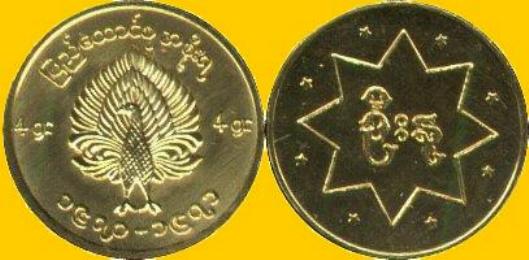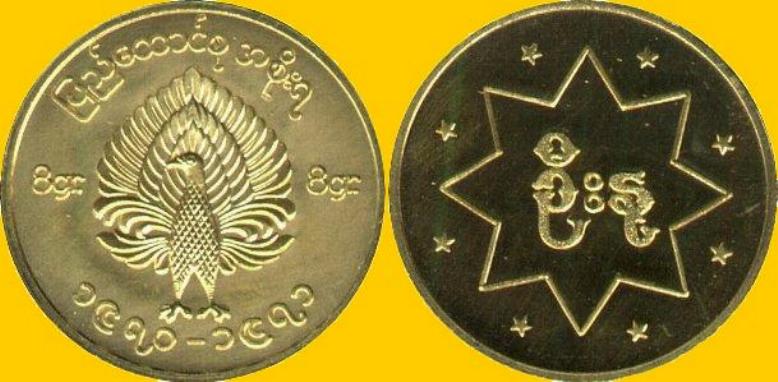BURMA (MYANMAR)
Myanmar, a southeast Asian country bordering India and Thailand, dates
back to the early 11th Century CE when King Anawratha unified the
country and founded the First "Myanmar" Empire in Bagan. The second
Myanmar Empire was founded in mid 16th Century by King Bayinnaung.
King Alaungpaya founded the last Myanmar Dynasty in 1752 and it was
during the zenith of this Empire that the British moved into
Myanmar. Like India, Burma became a British colony only after three
Anglo-Myanmar wars in 1825, 1852 and 1885. Burma was part of India
until 1937 when it became an autonomous colony. During World War II
Burma was occupied by the Japanese from 1942 till 1945. Burma became a
sovereign independent State on 4 January 1948. In 1962, the military
took over the country. In 1974, the country became a socialist
republic. The country's name was officially changed to Myanmar in
1989, restoring the ancient name of the region. A number of separatist
units operated within Burma particularly in the Shan State.
Burmese coinage was issued from 1852 to 1885. In 1889, Burmese coins
ceased to circulate and were replaced by Indian coinage. Burmese
national coinage resumed in 1948.
UNION OF BURMA
Patriotic Liberation Army
These coins were minted in pure 24 karat gold by the anti-Ne Win rebel movement
(Patriotic Liberation Army) in Tsung Gyi Kor Lone which was not under central
government control. The PLA used their total 80 kilogram reserve of gold
to mint these coins in the three sizes. When U Nu disavowed support of ethnic
minorities, the PLA central committee disagreed and U Nu resigned his leadership
position and went into voluntary exile in India. The PLA then ordered the
defacement of U Nu's name from coins then in circulation. The central
government made ownership a high crime punishable by death so many people
totally defaced the coins by pounding them in gold wafers.

2 Mu - 1970/71 2.00 g AGW - 15 mm; KM-043

2 Mu - 1970/71 4.00 g AGW - 20 mm; KM-044

4 Mu - 1970/71 8.00 g AGW - 28 mm; KM-045
Obverse: Features the Burmese dancing peacock with the
Burmese inscription UNION OF BURMA GOVERNMENT 1970-1971 with the
weight on each side.
Reverse: Has an 8 pointed PLA star with small
5 pointed stars in each field. The inscription within the star is
Burmese for U NU who was a Burmese nationalist leader (b1907-d1995).
These coins were issued by the Patriotic Liberation Army of the Union
of Burma. The obverse features a peacock with a Burmese inscription
for Union of Burma Government above, the dates 1970-1971 in Burmese
characters below, and the weight 4 grams on either side. The reverse
features as eight pointed star with a Burmese inscription within for U
Nu the Prime Minister.
These coins were issued by the Patriotic Liberation Army of the Union
of Burma. The obverse features a peacock with a Burmese inscription
for Union of Burma Government above, the dates 1970-1971 in Burmese
characters below, and the weight 2 grams on either side. The reverse
features as eight pointed star with a Burmese inscription for U Nu the
Prime Minister within and Shwe Muzi below the star.
Edited and reformatted from
worldwide-numismatics website,
as their page text could not be directly linked.